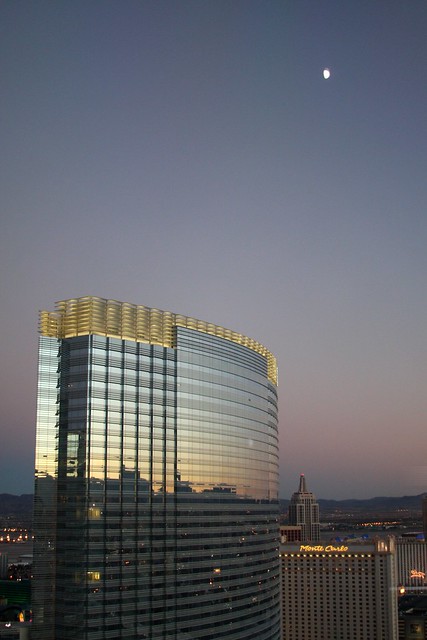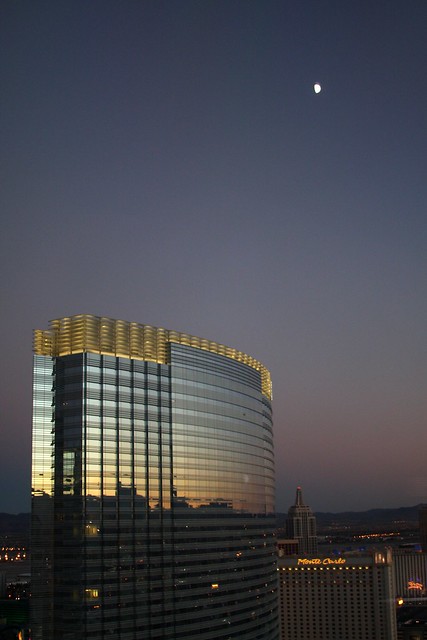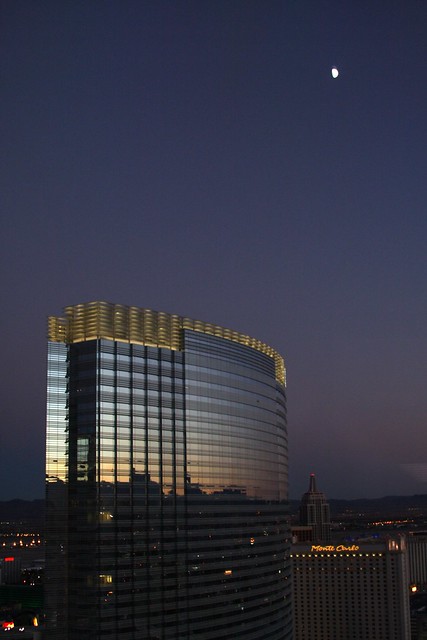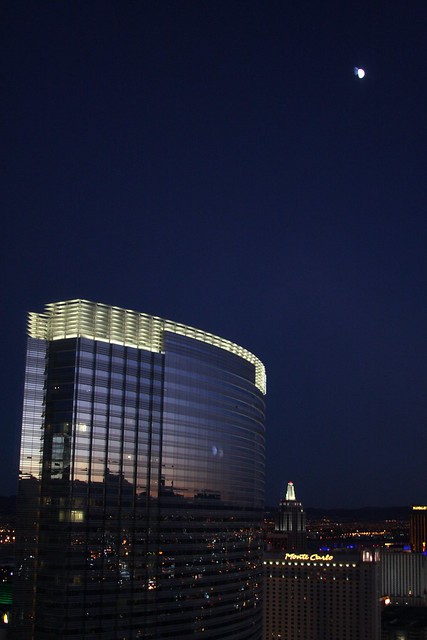View Larger Map
A few photos of the old Columbia River Highway bridge over Eagle Creek, in the Columbia Gorge. It's part of a short surviving segment of the old highway and now serves as part of the freeway offramp from I-84. I took these as an afterthought while visiting nearby Ruckel Creek Falls, and I later decided there might be a bridge post in it. It's kind of a cute little bridge, after all.
Some info about the bridge at Structurae and Oregon Hikers Field Guide. The Eagle Creek page at Columbia River Images includes several photos and old postcard images of the bridge, so that's worth a look too.
The Oregon state archives offers an online version of the 1940 travel guide Oregon: End of the Trail, which was produced by the Federal Writers' Project (a cool New Deal program you'd never get through Congress in this day and age). They've broken the book up into segments that follow the main highways of the day, and the Eagle Creek to Portland segment includes a few interesting photos from Eagle Creek and the west end of the Gorge. Incidentally the main highway at that time was US 30, the wider, flatter, river-level road built to replace the original Gorge Highway. US 30 evolved into today's I-84, so unlike the original highway there aren't a lot of visible reminders of old US 30 that survived to the present day. People tend to forget that we didn't jump directly from the 1914 road to an interstate freeway. And the original highway, picturesque as it was, was already considered obsolete shortly after it was created.
While we're splitting hairs, the old highway wasn't actually the original road through the Gorge; that honor goes to the earlier Dalles and Sandy Wagon Road, a few precarious segments of which also survive. It would be interesting to see that, but my understanding is that visiting the Shellrock Mountain segment involves pulling over & parking on the narrow shoulder of I-84 just around a blind corner, which I don't think I'd be willing to do. So it's nice to see that someone else did it already and put photos on the interwebs.
Prior to the wagon road, the only way to pass through the Gorge was by boat, which was reportedly quite a dangerous way to go. If you've ever played the classic Apple ][ game Oregon Trail (not that I'm of a certain age or anything), you might recall that at The Dalles you have to choose whether to take a raft down the river (and inevitably drown, in my experience), or take the Barlow Road over the mountains (which is occasionally survivable). Here's a history page describing what those two options were like in real life, if you aren't inclined to rely on 1970s video games as historical documents.
In winter the water route became impassable whenever the river froze over, which apparently happened regularly in the 19th Century. The December 13, 1873 Dalles Chronicle described the difficulties in an article titled Ice Holds Trade in Death Grip. The article waxes on about how great it would be if there was a wagon road to Portland. It also mentions a couple of other ideas that were also implemented, like putting in a railroad to Portland, and building locks at the Cascades downstream of the Dalles (at today's, uh, Cascade Locks).
And, of course, before the Oregon Trail there would have been Indian trails through the Gorge dating back thousands of years. Pioneer history buffs tend to ignore that part. Which may be one reason I just can't get too excited about pioneer-era history, come to think of it.




